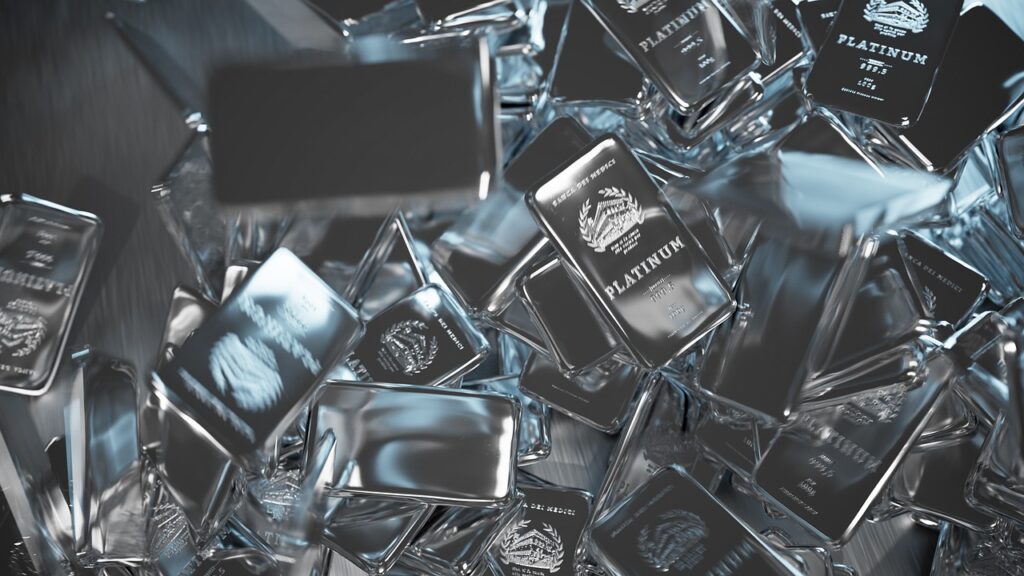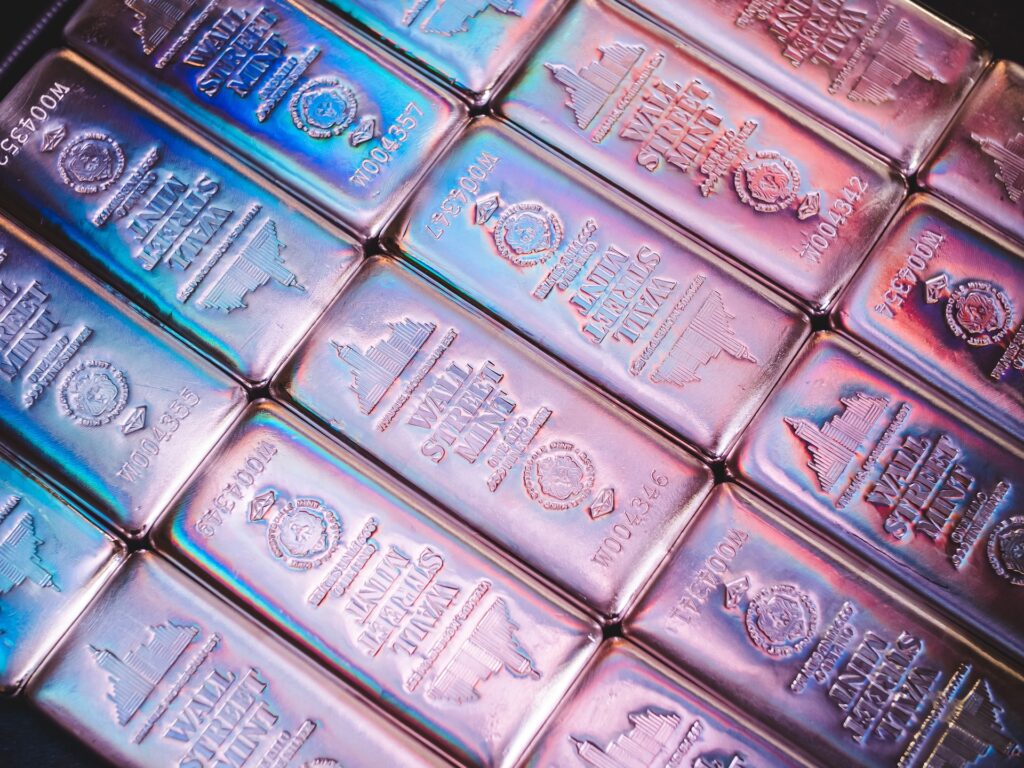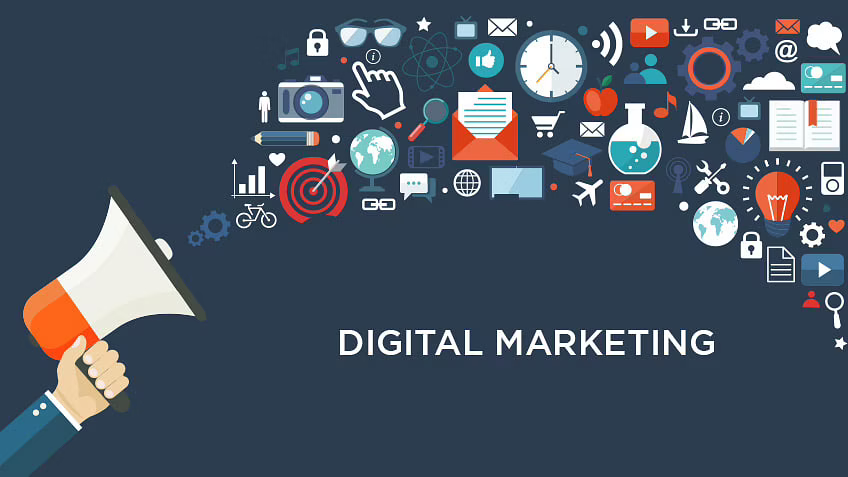
Platinum and palladium are not the first words that jump into people’s minds when asked about which precious metals to invest in. Both, however, are great investments because they are scarce, in demand, and have broad utilization across multiple industries.
You may have considered if you should invest in platinum or palladium, but are they precious metal investments you should consider?
Here are the upsides and risks to both platinum and palladium, plus whether you should seriously consider buying either or both if you are looking for a consistently sound investment.
The Case For Platinum

Platinum has been a popular investment alternative for the last few decades. As a commodity, platinum has the most industrial uses, which means there is always a demand for the metal. Other upsides to utilizing platinum put it firmly in the column of investments you should consider making.
Investment Longevity
In the 1970s, platinum held its own against gold and silver during the economic upheaval at the decade’s end. Over the decades, platinum has experienced some volatility but has always bounced back, primarily because it is not easy to find and has multiple industrial purposes.
Scarcity
For over 25 years, platinum has enjoyed a demand exceeding its supply and mine production. Meanwhile, the global demand for platinum continues to increase. Additionally, there are relatively few stockpiles and no large stockpiles of platinum.
South Africa produces about 80 percent of the world’s platinum. Only about 190 metric tons of platinum is produced yearly (compared to 3,300 metric tons of gold.) Getting to and extracting platinum is an extremely difficult process that further increases platinum’s scarcity.
That disparity between platinum and other precious metals, as well as high demand and extraction challenges, mean demand for platinum will remain high.
Indispensable Utilization
Platinum is used in many industrial applications, including catalytic converters and diesel engines. The industrial demand will remain high, and in many cases, such as the catalytic converter, platinum is one of the few reasonable materials to use.
The Risks of Platinum
The most prominent existing risk is the volatility of the price of platinum. Platinum prices have highs and lows. Another risk is that industrial applications for platinum dry up because new technology makes them obsolete. For example, the platinum market would take a huge hit if someone invented an inexpensive, durable alternative for catalytic converters.
The Case For Palladium
Palladium is a relative newcomer to the precious metals investment market. A shiny, whitish metal, palladium is mined primarily in South Africa and Russia and is a byproduct of mining for platinum and nickel. Here are some of the pros and cons of palladium:
Future Demand
Across the globe, countries are pushing vehicle manufacturers to trim their emissions. Because palladium is another metal used in catalytic converters but also fuel cells, its demand is constant. Additionally, as more drivers move away from diesel vehicles because of the new restrictions, the use of palladium will only increase.
Scarcity
As a byproduct of mining, palladium is already scarcer than platinum, gold, or silver. Because it is a secondary product, the increase in prices of platinum and nickel drives the price of palladium up because mining operations do not focus singularly on producing palladium.
Since palladium is emerging as a precious metal investment, its scarcity will only grow.
Indispensable Utilization
Palladium is a primary metal used in catalytic converters. The metal is an excellent catalyst and converts many polluting compounds into less harmful components. This obviously means that as the demand for fossil fuel powered vehicles continues to be strong, the demand for palladium will likewise stay in high demand.
The Risks of Palladium
Palladium has a history of extreme volatility in price. Because the market is smaller than other precious metals markets, its prices fluctuate with little prompting. For example, an announcement that palladium production is down will drive the price up quickly, but if that trend continues, it could see palladium investors lose faith in their holdings.
The other risk is that palladium’s demand is largely driven by auto technology. An invention that finds an alternative way to reduce harmful emissions from vehicles would likely see demand for palladium dwindle and prices decrease.
Are Platinum and Palladium Good Investments?
The answer to that question is that it depends.
If you invest for short-term gains, both tend to rise rapidly in price. The downside to that is that both also can fall rapidly.
Longer-term investors can bank on the price of both metals remaining constant within a range but must also keep track of the platinum and palladium markets.
As metals, both platinum and palladium will likely continue to be high-value investments because of their demand and scarcity. Either is a great way to diversify your portfolio with a valuable, relatively stable precious metal.
The key is tracking the market so you know when either enters a period of volatility.














